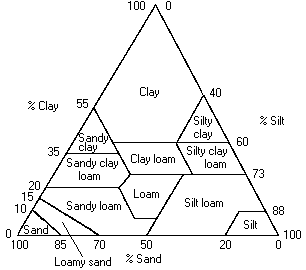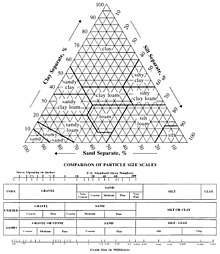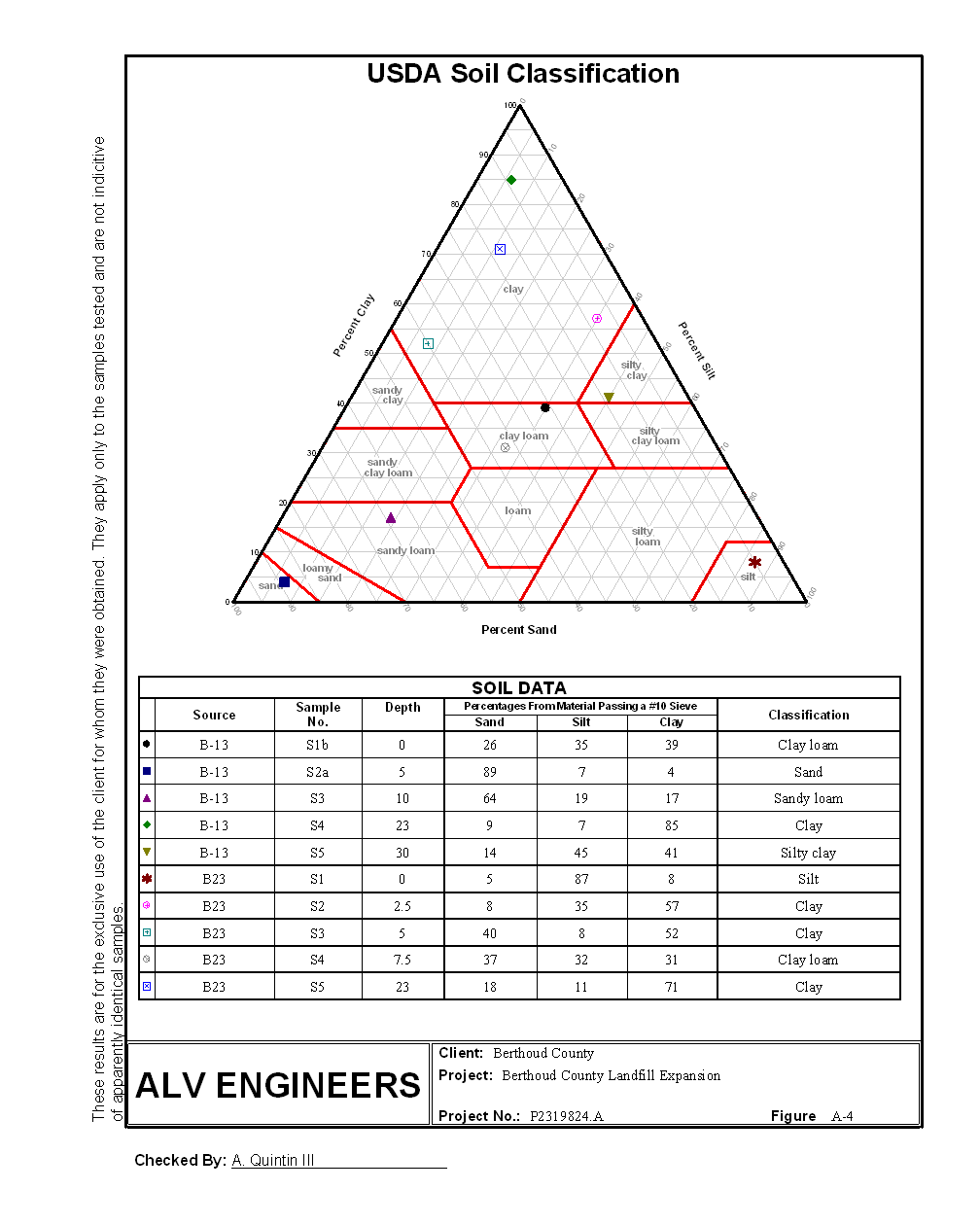Soil classification
A base is a classification scheme for classification of soils in various soil types. The geological and pedogenetischen causes and processes that have led to the expression of the characteristics to play for the classification not matter but are the basis for the classification of the soils in a soil system. Soil classification and describes different soils and summarizes them according to their characteristics. These features are often detected in the field, however, can partially or they must be determined by chemical analysis, or under the microscope.
Important contributions to soil classification have Albert Atterberg, Arthur Casagrande and Karl von Terzaghi done.
Structure of soil classification systems
All classification systems are hierarchical. There are three possible ordering principles can be applied:
- Factors, e.g. Climate area, vegetation zone, rock or landscape unit
- Characteristics, such as Horizons, color
- Processes, such as Tonauswaschung
No classification is based on only one of these organizing principles, but all have opted for a basic framework, which is used predominantly. The other principles are used only as a supplement.
Common soil classifications
Russia was the first country in the world to develop a workable classification of its soil during the 19th century. This scientific process encountered in all other states with considerable interest and has been adopted in many time being one to one. Throughout history, the Russian classification but was adjusted in nearly every country of the specific circumstances and considerable variation in part. From this starting phase of the soil classification but are in the global systems everywhere criteria in the Russian remained (eg podzols, Kastanozem solo or network).
From the process of adaptation to the soils own dozens of Bodentaxonomien have emerged, so that almost every European country has its own. Also seen the world numerous classification systems have been developed. The soil classification is an active process that is by no means complete. This shows, for example, to mind that were published in Germany since 1949, five partly substantially revised editions of the soil mapping. In addition, the systems of the FRG and the GDR have moved slightly apart in just 50 years. Parts of the DDR system ( v. A. in soil substrates ) incorporated in 1994 in the fourth edition of the all-German classification.
In general it must be said that all systems have more or less major flaws. None can yet all soils worldwide cater to 100 %. However, national classifications are usually specific highly specific to the respective country.
Thus, the German soil classification is designed well for the area of Central Europe well and can describe all occurring here flooring optimal. But you should never try to saline soils or areas of the tropics and subtropics with this system to capture. The result would be highly unsatisfactory, since the prevailing soils in some cases find no mention. On the other hand, found in Germany regionally very significant soils as the marsh soils or sod ash in the international classification ( WRB ) no separate mention.
The Austrian system is strongly oriented towards the German, but has important peculiarities developed. Due to the alpine setting are very much dealt with better and more accurate, as it allows the German by A. mountain soils from her.
The Russian system is factor- driven and although Aquinas of climates. This makes sense, since in the vast territory of the Russian found on nearly all climates and soils are often bound by them. For Germany, this classification would be absurd, however, because the total land area is only one climate zone.
German soil classification
In the domestic use in Germany, the German soil classification is applied, as it applies approximately in the soil mapping. The orientation is combined from the three options above, the traversed processes are particularly heavily involved with. This principle makes it relatively challenging since soil assignments require a relatively in-depth knowledge of the processes. However, the division (even by world standards ) is relatively accurate.
USDA soil classification
From the U.S., a soil classification was after the Second World War developed from the 1970s vA in the English language are used widely found. This USDA soil classification is strong on features ( eg horizons, color) oriented, and in principle also for laymen easy to use. However, in all its depth it is complicated. In Germany it is not used basically. She has not caught on, despite intensive efforts by the U.S. against the world World Reference Base ( WRB ).
World Reference Base of Soil Resources ( WRB )
International valid is the classification of the World Reference Base of Soil Resources ( WRB ), which emerged from the FAO soil classification. The WRB has also taken parts from the German soil classification in the area of process orientation. It is taught at many universities in Germany in addition to the national common, and is used at least in international items. In German literature, there are partly parallel to the German names the WRB names. The problem is the sometimes high cost of an accurate classification of soils, as some of them can be determined accurately only with laboratory values such as the EC value, or the potential cation exchange capacity.










